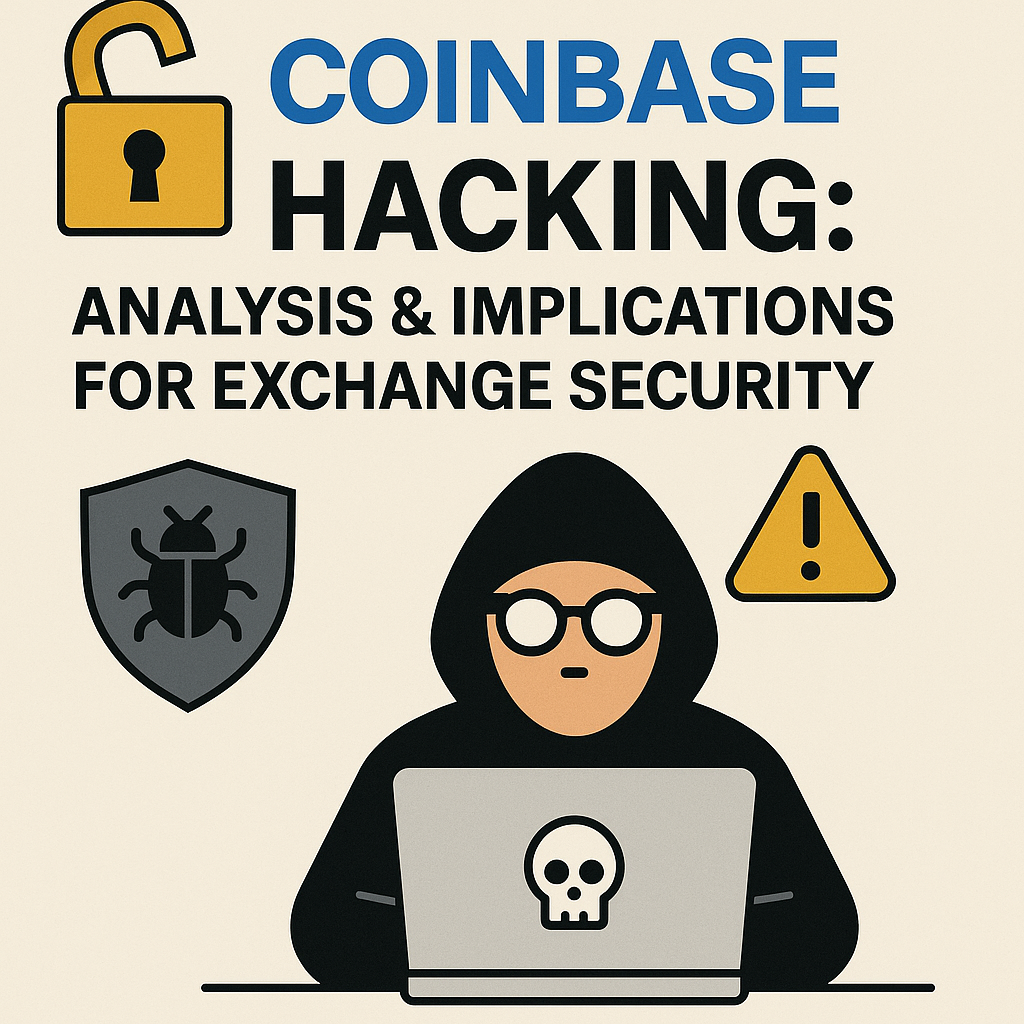🔓 Coinbase Hacking: Analysis & Implications for Exchange Security

On May 24, 2025, Coinbase, one of the world’s largest crypto exchanges, faced a serious security breach that sent shockwaves across the Web3 space. While the exchange moved quickly to contain the damage, the event has reignited concerns over custodial security, hot wallets, and user trust in centralized platforms.
Mitosis took serious actions to prevent hackings like Coinbase (read Mitosis litepaper and follow Mitosis on X)
🧠 What Happened?
A coordinated attack targeted a Coinbase employee, exploiting a zero-day vulnerability via a sophisticated phishing campaign. While the hacker gained access to some internal systems, no customer funds were stolen, thanks to rapid response and layered security protocols.
➡️ The exploit mainly focused on internal infrastructure, not the exchange’s asset vaults.
🔍 How Did It Work?
🛠️ The attacker used social engineering — posing as trusted third parties to trick staff.
🕵️♂️ They exploited a zero-day flaw in the browser (likely Chrome) to plant malware.
🔐 Gained limited access, but were blocked from escalating privileges or moving assets.
Coinbase confirmed that its Coinbase Threat Intelligence & Incident Response Team stopped the attacker before major damage could occur.
🔐 Security Measures That Helped
✅ Multi-factor authentication (MFA)
✅ Strict access control policies
✅ Real-time monitoring & behavioral alerts
✅ Isolated internal services
Still, the incident exposed potential blind spots in how internal access is protected.
💣 What Are the Implications?
1️⃣ Centralized Exchanges = Big Targets
When users trust exchanges with billions in assets, hackers will keep coming. Even giants like Coinbase aren’t invincible.
2️⃣ Insider Threats & Social Engineering
No matter how tight the code is, humans are still the weakest link. Training and simulation drills must match the sophistication of modern attacks.
3️⃣ Time to Rethink Custody Models?
More users are asking:
🧍♀️ “Should I self-custody my crypto?”
🧍 “Are CEXs still safe in 2025?”
The trend is tilting toward non-custodial solutions, hardware wallets, and decentralized trading platforms.
🛡️ Lessons for Exchanges
If you’re a CEX, here’s the 2025 checklist:
- 🔍 Continuous red-team testing
- 🧠 Phishing-resistant staff training
- 🔐 Cold wallet dominance
- 📊 Transparent post-mortems
- 🤖 AI threat monitoring
🧠 Final Thought
The Coinbase incident was a wake-up call, not a death sentence. No crypto was stolen — but trust is always on the line. The best exchanges in 2025 will be the ones that take security seriously, build transparently, and empower users with choice.
🛑 TL;DR
🔓 Coinbase got breached (internally)
💰 No funds lost — thanks to rapid response
🤔 Raises key questions on centralized exchange security
✅ Security hygiene, staff training, and decentralization matter more than ever


Comments ()